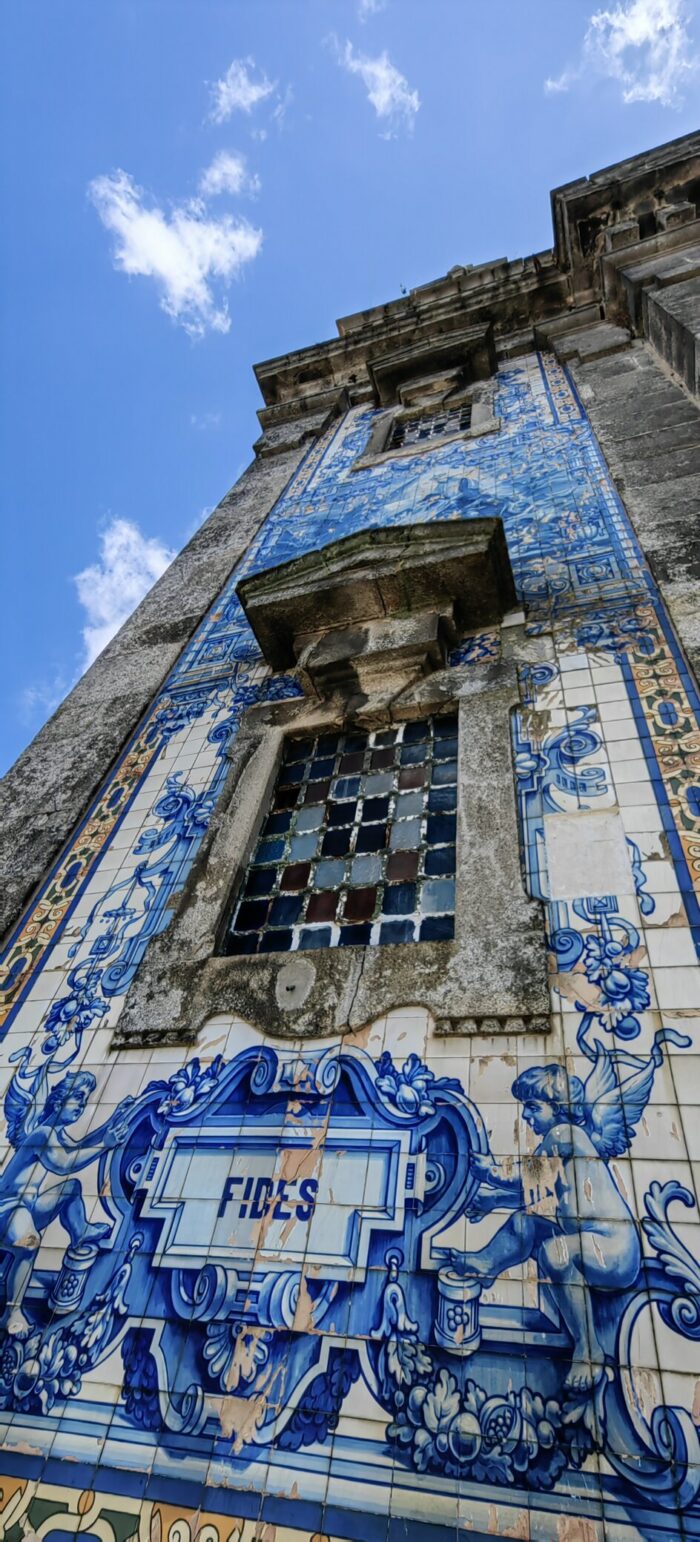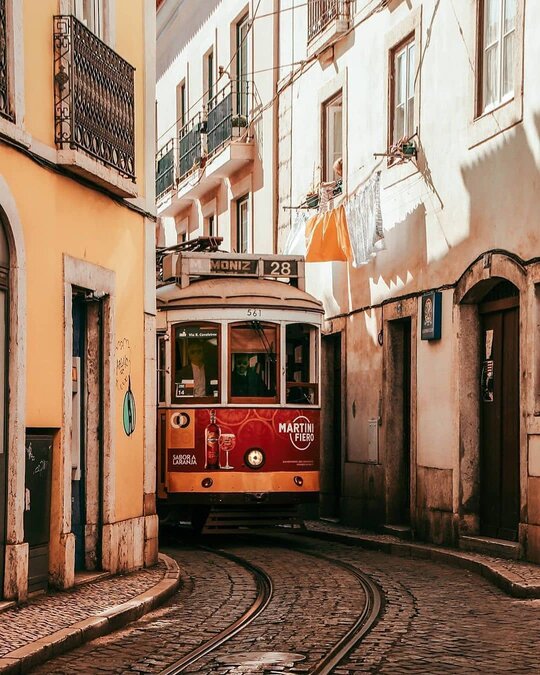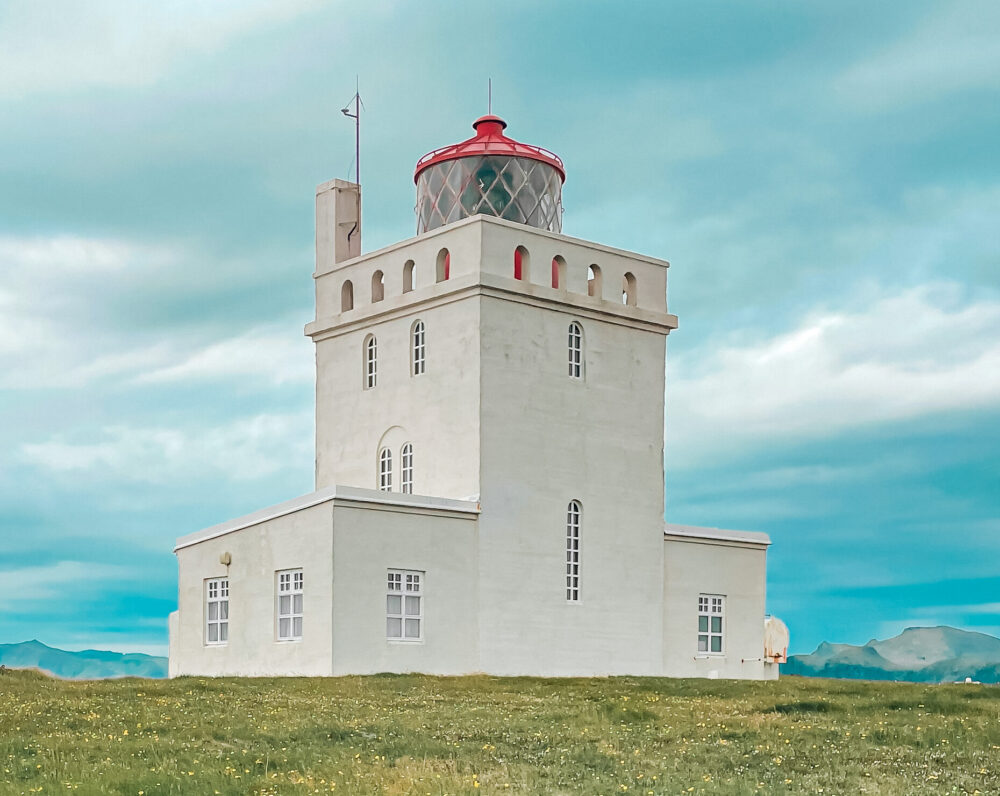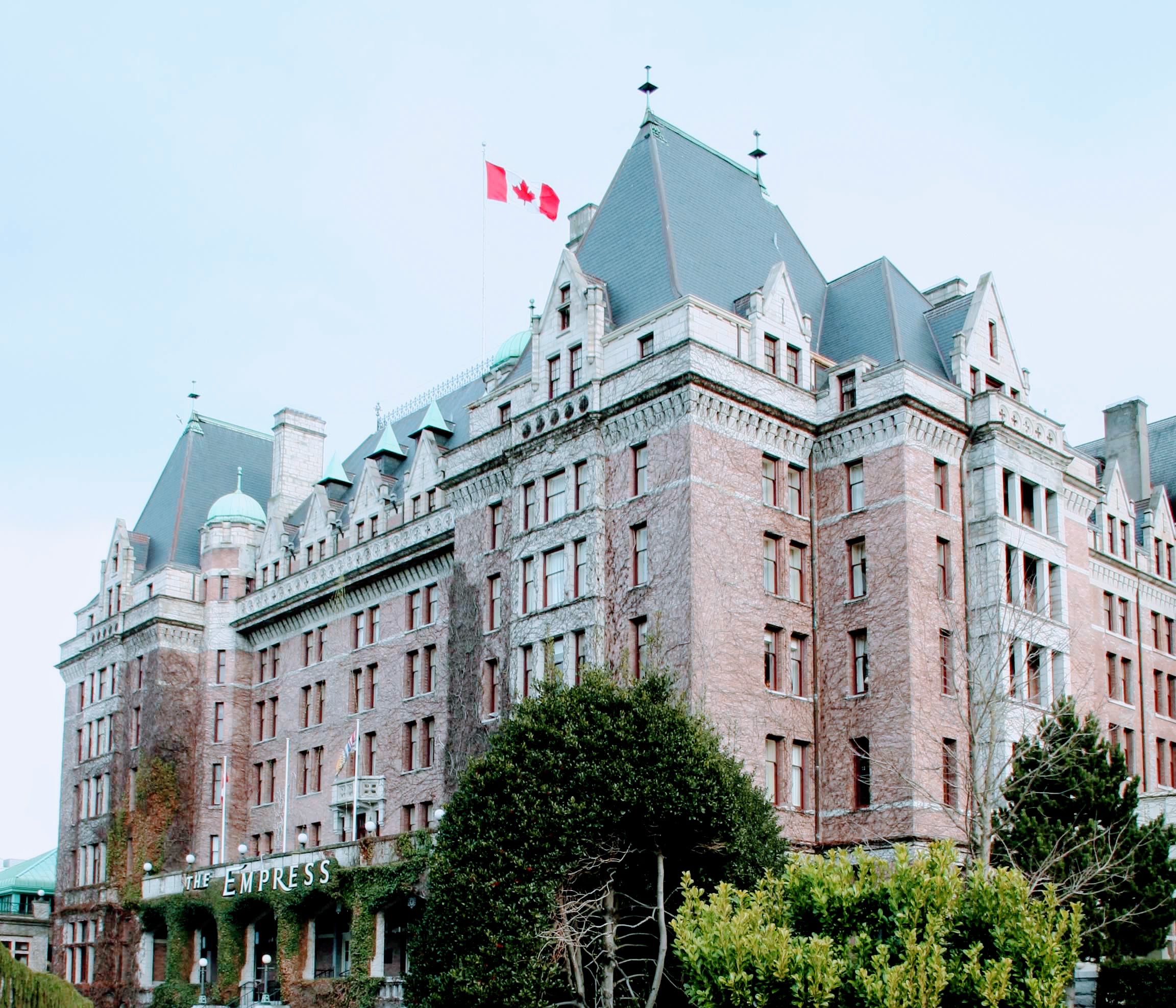
This seaside town is the oldest city in the Pacific Northwest! Victoria is an ideal place to spot orca whales swimming off the coast, feel connected to nature, and soak up local culture. It’s bustling and cozy in the winter time, with its European architecture and twinkling lights. In the summertime, it’s warm and blue-skied, and filled with outdoor adventures. There really is no way to go wrong in this idyllic city in the north. If you don’t know where to start, read on for the best the city has to offer in this ultimate travel guide to Victoria, B.C.
What to pack
Bring layers
This area of the world is famous for their cool climate and rainy cold seasons. In other words, in the summertime, it’s sunny but rarely gets over 70°F. I lived nearby for most of my life and our summers were generally 55°–65°F degrees during the day. We had a “heatwave” one summer when I was nine years old, and all the fans were sold out for 60 miles. It was 75°F. Bring a jacket, no matter what season you’re traveling in. In the autumn and spring, it is cold and rainy—usually in the 40s. In the winter, it will be snowing or slushy due to the rain, but generally never colder than 30°F. This is all to say that it’s very important to bring layers.
A smart outfit in the summer would be jeans or leggings (capris or shorts if you’re used to that weather), a t-shirt, a light hoodie, a sweater, and a comfortable jacket (jean jackets are the right weight for this time of the year), with a rain jacket stowed in your bag or handy somewhere just in case (at sea, weather changes quickly). As far as shoes go, bring ones that are comfortable and good for being outside. Most locals like Chacos or Tevas, as they can get wet, but if you’re sensitive to the cold, bring ones that you feel comfortable in—boots aren’t necessary.
A good winter outfit would be leggings under warm pants, a long sleeved shirt, a pullover sweater, and a waterproof winter jacket. Wear rain boots or warm shoes that can get wet. Gloves are good too. In the winter, it doesn’t dip down to extreme temperatures, but since it’s so wet, that kind of cold sits in your bones. It can feel a lot colder than it actually is, so no matter the weather report, wear something that will keep you dry and warm.
Bring binoculars
You will be spending a lot of time outdoors, and if you love bald eagles or whales, you’ll want to bring these. They aren’t necessary for bald eagles, as they are everywhere, but they help. They are very necessary for whales though, as they do not swim right up to the shore.
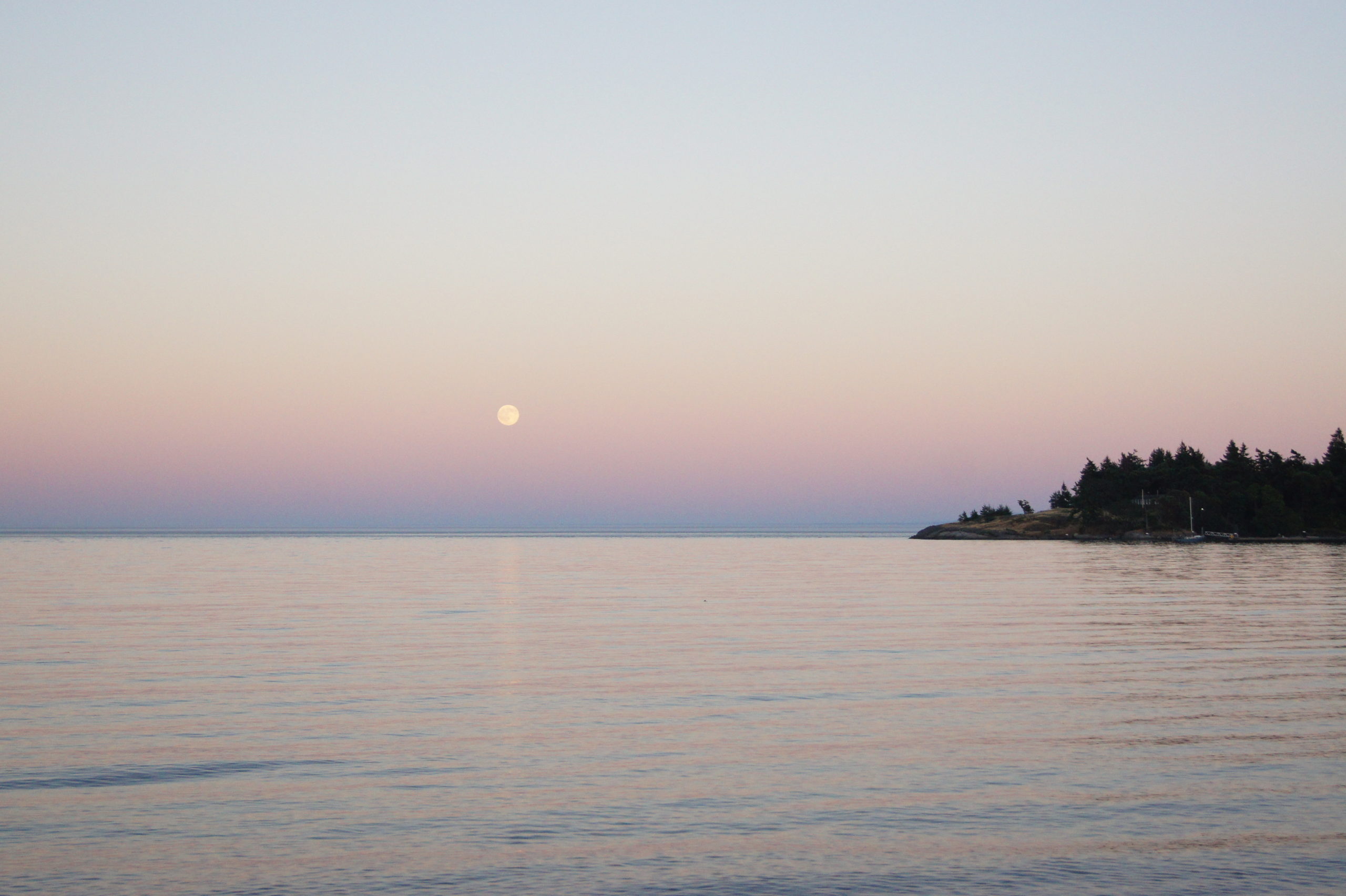
Bring at least one nicer outfit
Victoria is filled with pretty fancy places, thanks to its European flair—something very rare on the West Coast of the country. If you plan on going somewhere nicer (like the luxurious hotels or palaces), you’ll want to have an outfit handy. Even if you don’t plan on going somewhere like that, it’s still a good idea to have one just in case.
Bring a reusable mug…and any other zero-waste essentials that you travel with
Victoria, like the rest of the West Coast of Canada, is a very planet-forward city. You can refill your reusables, and enjoy accessible and sustainable options in dining and shopping all around the city. It’s a good idea to bring a reusable bag, utensils for if you get food to go, and anything else you might need away from home. It’s a great place to use them.
Bring an umbrella
Most of the year, it will be rainy in this area of the world, so bring an umbrella. You can buy one there, but they’re very overpriced as the only ones who buy them downtown are the tourists.
Bring a swimsuit
This is a coastal city, so there are lots of places to swim and enjoy the water here. It will be freezing if you’re not used to it, so don’t go alone and don’t stay in long (and don’t jump in—get in gradually), but it can still be fun to try. Lots of hotels also have warm pools, so it’s good to just be prepared.

Bring a camera
Victoria is beautiful, and you’ll no doubt want photos. Phones are great, but a lot of the beauty comes from their clear stars thanks to little light pollution and wild animals—things very hard to capture on phones.
Bring cash in the local currency
A lot of place in the city only take cash, so it’s a good thing to take out ahead of time.
Bring sunglasses…for the wind
Yes, these will help with the sunshine, but the coast is a very windy place. If you plan on walking along the water or going out on it, make sure to bring these so your eyes aren’t dried out by the wind. You’ll be glad you did.
What to do
Go whale watching
This is one of the best places in the world to spot orcas, as the Salish Sea is home to the Southern Resident orca whales. They are seen from April to October in the region, so keep that in mind when planning your trip. That said, the whale watching industry has its downsides. On the one hand it is a powerful way to connect people to the animals so that they advocate for them, to increase education, and to survey the whales to keep track of their wellbeing. On the other hand, there are plenty of tour companies that are not responsible, and do more harm than good. The sound, pollution, and invasive practices of many can actually lead to the death of whales nearby. That’s why it’s so important to research which group you go with beforehand.
As a professional in the field and environmental studies student (as well as someone who worked for a season in the responsible whale watching industry and grew up in the Salish Sea), my recommendation is Springtide Whale Watching Eco Tours. Every ticket comes with a $5 conservation fee that goes towards the whales’ protection, and it is matched in volunteer work from the crew. They also talk about the need to save the salmon on their site, which is so important to speak out about. Their vessels are run on biofuel, they use environmentally friendly paint on the boats, and avoid the use of zinc. They even conduct maintenance in boat yards that don’t release toxins into the local waters, they avoid idling, and they use nontoxic cleaners as well. They also donate regularly to Pacific Salmon Foundation to help the salmon population increase, which helps the whales. They also seem to only hire experts in the field (marine engineers, zoologists, marine biologists, etc.), which ensures that while on the water they use responsible practices and have the knowledge to not cause any harm to the animals or waters. It’s also family-owned, meaning that they get to call all the shots, which gives them the ability to remain sustainable rather than going the cheaper route- something corporate-owned businesses generally go for instead.
It is important to keep in mind that this far north, the ocean is very rough and unpredictable, so whale watching tours (especially responsible ones that go far out) are not recommended for those with joint problems or mobility difficulties. The boat will be rocking the entire time, and it is hard to keep one’s footing—even the crew who has their sea legs. This is also something to think about if you experience sea sickness or motion sickness in general. The boat will not turn around for you, so there will be no relief. If you don’t think you’ll be able to do a tour, ask the locals where the best spot to see whales is. This can change seasonally, so asking people is your best bet—don’t be afraid to ask, because locals love to teach tourists about the whales and share in the excitement. I grew up in the Salish Sea, and I loved talking about the local whales and wildlife with others. I still do—so don’t hesitate to ask. Bring binoculars (shops by the harbors always carry some if you didn’t pack any), and a snack. It will take patience, but it’ll be a beautiful activity. Look out for bald eagles, harbor seals, and other wildlife while you look for whales. You might not spot a whale in the end, but if you stay for an hour you have a good chance if you go where locals have recently seen them!
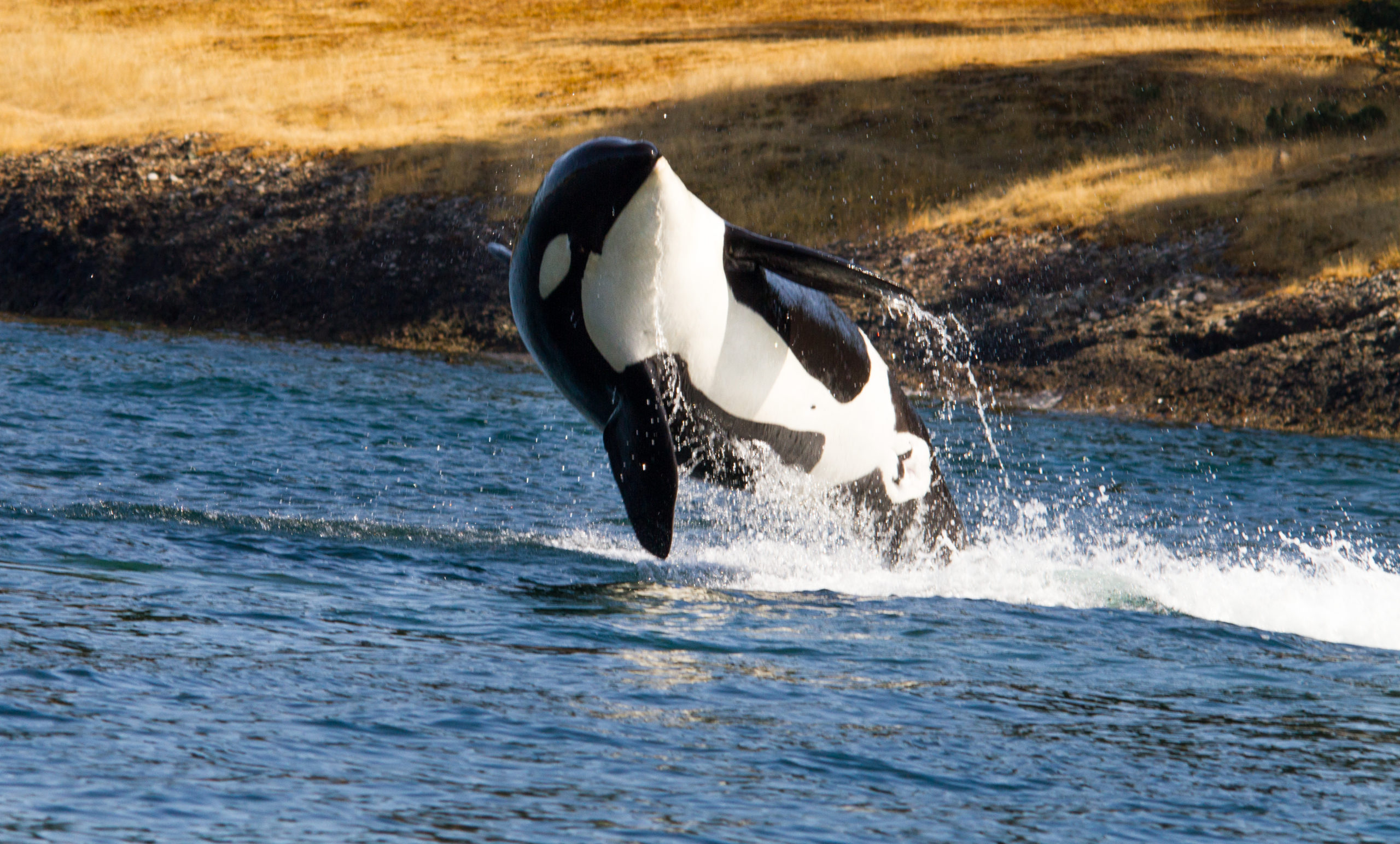
Visit the North Island Wildlife Recovery Center and get souvenirs to remember your trip
Just north of the city, the NIWRC works to rehabilitate wounded local animals so that they can release back into the wild. They are a nonprofit, and sit on eight acres of land where they help everyone from orphaned black bear cubs to electrocuted birds to bald eagles who have been hit by cars. These animals wouldn’t survive with the vets who work here, and the experts who work hard to ensure that they not only live, but that they have the best chance at being able to live in their wild habitats again.
Those who are too badly injured to survive in the wild are given sanctuary here, and guests can visit them from a distance (while learning about them). While there, you can also visit the native garden and buy souvenirs that help the animals they are treating. This is the best spot to get souvenirs from your trip if you plan to buy any.
Walk around the Legislative Assembly of British Columbia
This is a stunning building, similar to the U.S. capitol building, and visitors can take free tours of it! You can learn about the history of the land, the parliamentary process, and the exquisite architecture. Make sure to take plenty of pictures!
Take in views from the sky at Malahat SkyWalk
One of the newest attractions in the city, this beautiful tree walk is up 250 meters—a perfect place to take in views of the coastal pines, Mount Baker, and beyond! The spiral ramp is 600 meters long, and is surrounded by driftwood art made by local Indigenous artist Tanya Bub. It’s an amazing place to connect with the local trees species and nature in general, and take the time to slow down on your trip. It’s the idea way to practice mindfulness and breathe deeply in the forest.
Fly above the city
Consider taking a local sightseeing tour in the sky! Seeing the area by plane is a fantastic way to take in the beautiful coast, spot whales from the air, and learn more about the other regions on the islands. This is a great option if you can’t be there for very long, but still want to see more of the area.
Learn about the seafaring history at The Maritime Museum of British Columbia
This museum is the best way to learn about the maritime history of the area—a hallmark part of Victoria’s heritage. Learn about famous vessels, what sea life was like centuries ago, and artists of the area who use the sea as inspiration. In spring of 2022, they are even doing an exhibit about those in the queer maritime community of the region today. They even host workshops for adults that teach you how to make various ocean crafts, including the quintessential Salish Sea past time—sea glass jewelry making. They also have a program called Nautical Nights where you can hear from local speakers that educate about the current maritime adventures happening! You will need to buy tickets in advance, but it is well worth it!
Explore a castle at Hatley Park
This estate on the Salish Sea is something straight out of fairy tales. Covered in vines, this brick castle has served many functions throughout the years, but is now an administrative building for Royal Roads University. You can take guided tours of the beautiful grounds and castle, and explore the multiple luxurious gardens. It’s a lovely place to unwind.
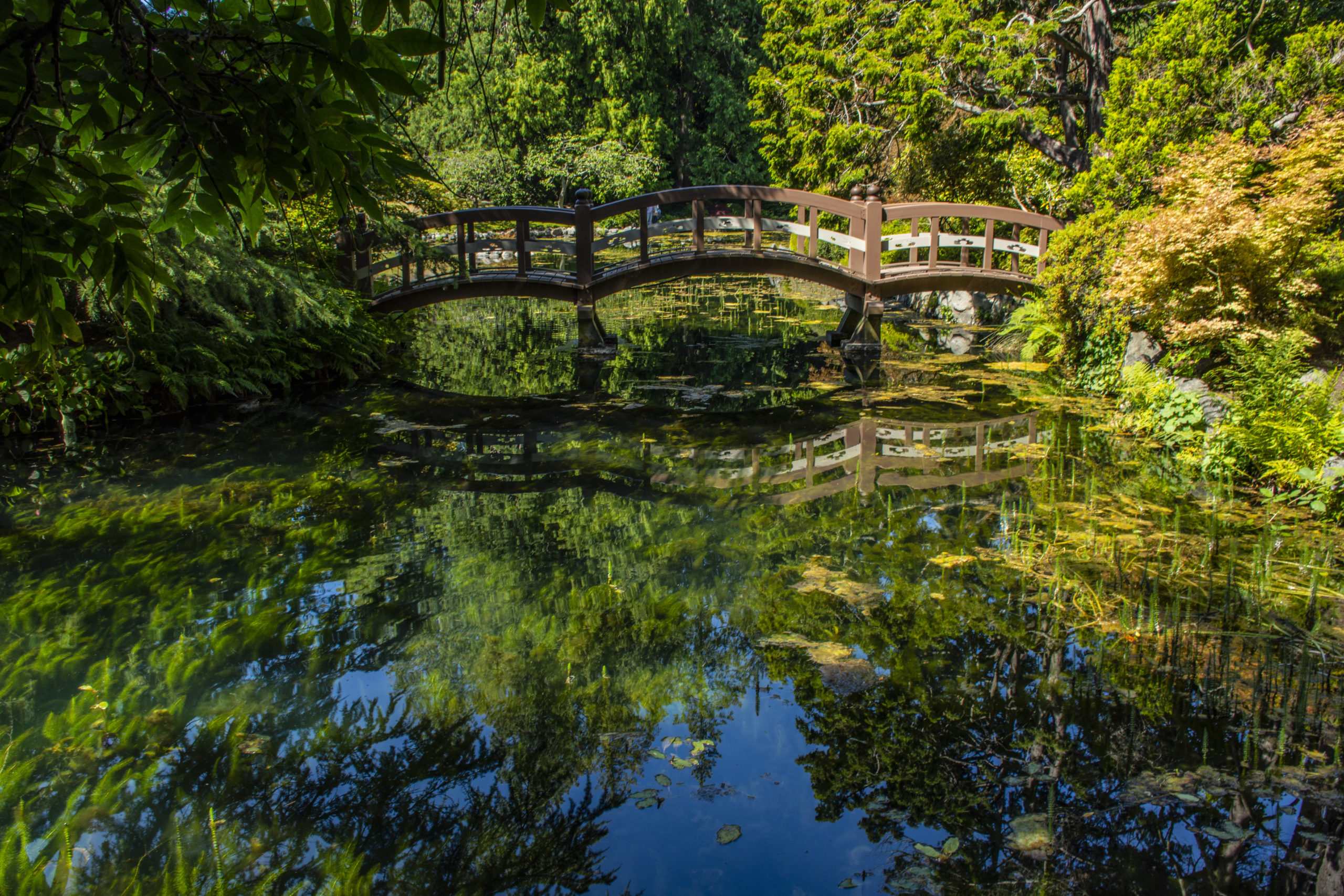
Learn more about the ancient Indigenous cultures at Hand of Man Museum
It’s so important to recognize and honor the local Indigenous people of the land—both where you live and where you travel to. This museum is a great place to learn about what life was like for them in ancient times and whose land you stand on now.
Play in the trees at one of Victoria’s many adventure parks
The island is filled with zip line adventures and ropes courses (a favorite past time on the West Coast of Canada). If you love the forest or want to get to know the nature in the area better, this is a really fun way to do it.
Connect to the land at Westholme Tea Company
This tea growing farm is right outside the city, on the island. It’s surrounded by mountains, and is an absolutely beautiful place to enjoy nature. You can buy local art here, learn about the local tea growing practices, and of course—drink lots of delicious tea!
Go iceskating or enjoy the flowers at Butchart Gardens
A true hallmark of Victoria, this place is a must for first time visitors. In the winter, it’s the most magical place to ice skate since they cover the gardens in twinkling lights. In the summer, the entire place is blooming and smells incredible. It was also founded by a woman, Jennie Butchart, and is still run by the family today! They also have vegan afternoon tea sessions—perfect for those who want to take a day to take in roses and delicious pastries.
Enjoy one of the many beaches and lakes
Winter or summer, the beaches in Victoria are stunning. They offer beautiful views and uplifting places to slow down and connect to the sea. Ask a local about where their favorite is, pack a picnic, and consider taking a cold dip!
Explore Fan Tan Alley—Canada’s narrowest street and gateway to Canada’s oldest Chinatown
This alley is filled with little shops and quirky places to browse in. It’s also connected to Chinatown, which is an important part of the country’s cultural identity.
What to eat
When you’re getting hungry, there are so many delicious places to get amazing local vegan food! The local cuisine is one that highlights local vegetables, fruits, and grains anyways, so finding good vegan meals is not hard. The region is famous for their organic produce and farm to table dining.
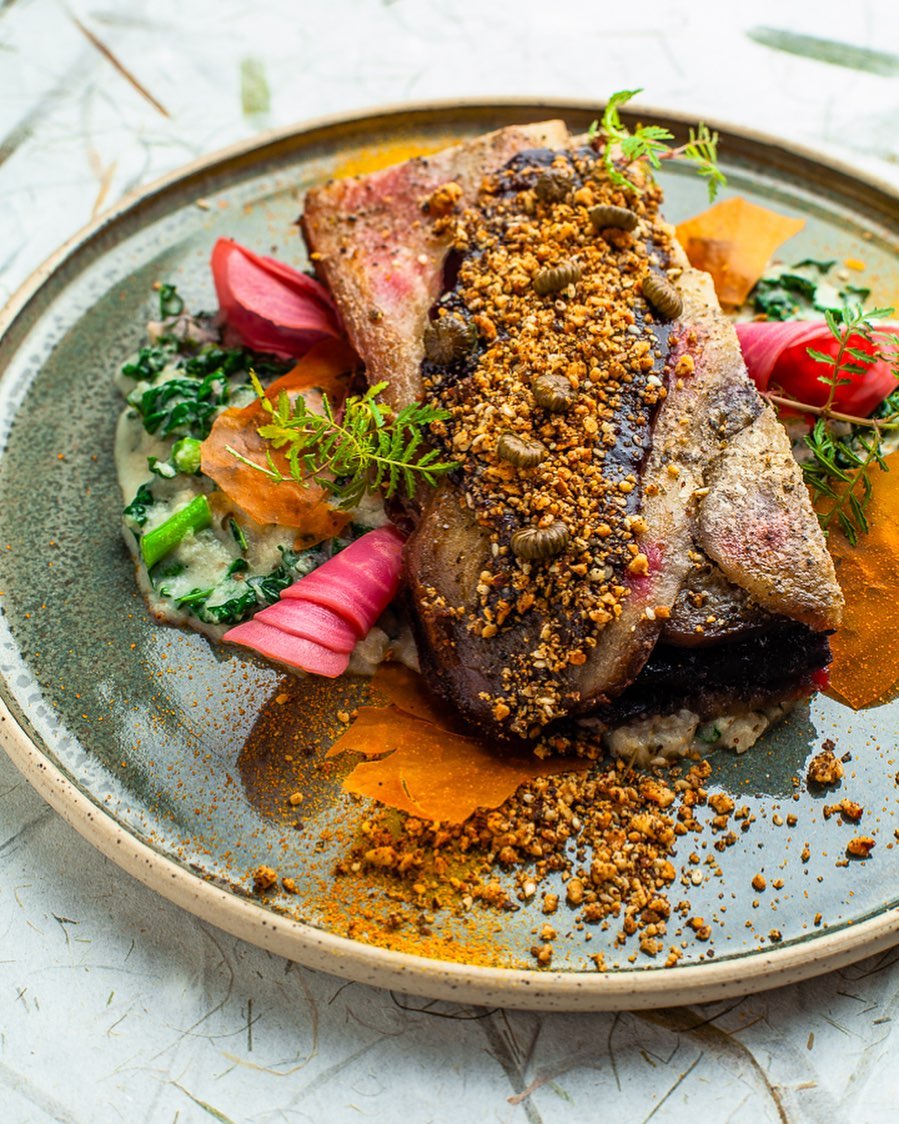
Here are just a few options:
Get more like this—Sign up for our daily inspirational newsletter for exclusive content!
__
Photo: Emily Iris Degn; Ash via Creative Commons; Rob Pongsajapan via Creative Commons; Shawn McCready via Creative Commons; Jan Mosimann via Creative Commons; Matt M. Urquhart via Instagram for Be Love


